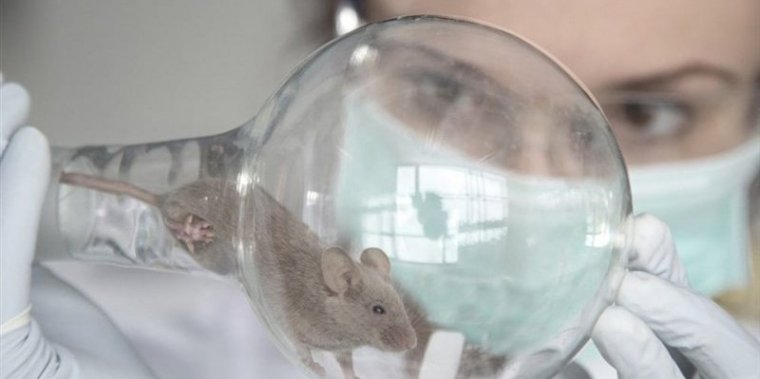| News / Science News |
Scientists Find Potential Anti-Aging Breakthrough
A team led by researchers from Duke-NUS Medical School in Singapore and Imperial College London conducted a study on mice, revealing that blocking a protein known as interleukin-11 (IL-11) extended the animals' lifespan and prevented age-related health issues.

Scientists may have discovered a breakthrough in combating aging. Image credit: tasnimnews.com
As mammals age, their organs produce higher levels of IL-11, contributing to fat accumulation, muscle loss, hair thinning, and cancer.
During the trial, middle-aged mice were treated with an antibody-based drug to inhibit IL-11. Consequently, both male and female mice experienced up to a 25% increase in lifespan.
The treated mice exhibited overall better health and higher energy levels compared to the untreated group. Moreover, only 16% of treated mice developed tumors, whereas more than 60% of the untreated group did.
"While our study was conducted on mice, we believe these findings could have significant implications for human health, based on similar effects observed in human cell and tissue studies," said Anissa A. Widjaja, a researcher at Duke-NUS Medical School in Singapore.
"We envision that anti-IL-11 therapy could one day be widely utilized, enabling people worldwide to enjoy healthier and longer lives," commented Professor Stuart Cook, a cardiovascular medicine expert. (Tasnim News Agency)
YOU MAY ALSO LIKE





